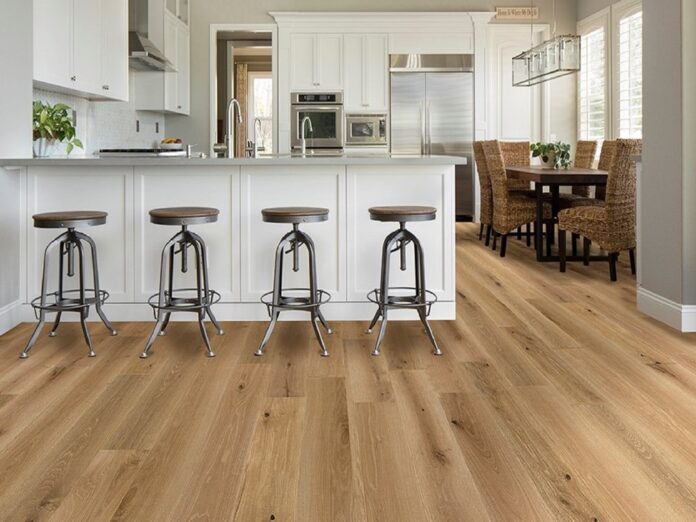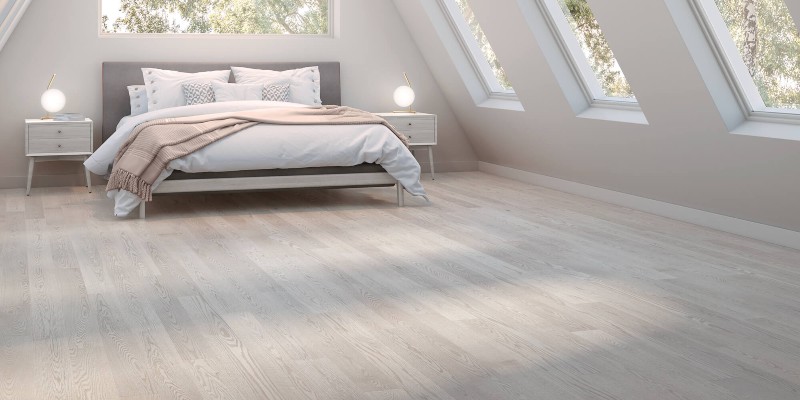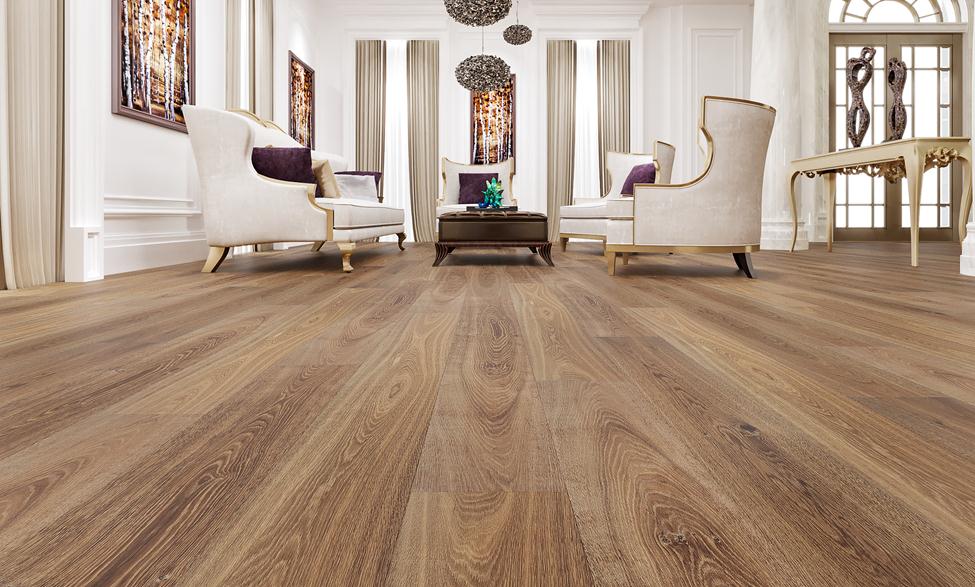It may come as no surprise that wood flooring is fast becoming popular in homes today. There are several reasons for hardwood flooring being a popular option. With so many options for flooring, why then is hardwood flooring such a good option? Let us take a look at different flooring options to understand the reason better.
Carpet
Although carpet may feel softer underfoot, it has quite a few potential issues. Carpets are regularly used in bedrooms as they absorb a lot of the sound made when walking. The biggest problem that people face when dealing with a carpeted home is dirt. Because carpets are porous, they absorb liquids that are spilled on to them. This can not only result in a stain but causes damage to the underlay beneath the carpet. This liquid damage can then move into the home’s actual foundation; if that foundation is wood, this can lead to some severe damage. Carpets are also renowned for attracting dust, dust mites, pet dander, and even mold; these will cause a large issue for people who suffer from allergies. Carpets are manufactured from synthetic materials, which will give them a shorter lifespan than other materials used for flooring.
Marble
Marble flooring is luxurious, used in some of the more elegant homes. This natural stone offers a unique look, which can be difficult to match from tile to tile. Marble flooring can be slippery when wet, and this can make it dangerous. This type of flooring requires maintaining, which includes being cleaned and sealed regularly. Marble is susceptible to cracking, which is unfortunate as it is high priced.
Laminate flooring
Laminate flooring is another popular option for flooring because this flooring type is easy to clean. No matter what kind of liquid is spilled, it can be whipped up without any staining occurring. Laminate flooring is also burn and fade resistant. One of the downsides of laminate flooring is that it cannot be sanded over and refinished. Meaning if the flooring gets scratched, cut, chipped, or grooved, it will need to be replaced rather than simply repaired. This type of flooring is easy to clean; however, if the water is left standing over a long period of time on laminate flooring, it is susceptible to warping.
Tile flooring
Tile flooring is used in many homes, primarily because of its durability, elegance, and temperature regulation. In most homes, it is used in bathrooms and bedrooms because of how easy it is to clean and maintain and because it will not absorb liquids. This flooring type is very hard, so it can be hard on the feet and knees when walked on regularly. It is also notorious for being difficult to install.
Cork Flooring
Cork flooring is easy to install in comparison to other flooring types. Cork is soft underfoot, making it ideal for high traffic areas. It is commonly used in kitchens, as a dropped plate or glass will not break on this surface. This flooring type is also hypoallergenic, antimicrobial, and recyclable. Cork, on the other hand, is not as durable as other surfaces; because of the surface’s properties, it is easily scratched and damaged. Heavier items of furniture are likely to leave an impression when left on cork flooring. One problem that makes cork flooring less popular is that it will fade in sunlight, and it will also be stained if liquids are left standing on this product.
Hardwood flooring
The popularity of hardwood flooring continues to rise, and this is because it is aesthetically pleasing, unlike many other surfaces. There are a variety of hardwood flooring types available that can be arranged in several patterns. Wood flooring can be cut and then placed in the desired shape. This flooring type is easy to maintain, and it can be cleaned by sweeping, vacuuming, and moped. This makes the wood flooring durable, with it known to last hundreds of years. The use of hardwood flooring can add significant value to homes. As hardwood flooring is so durable, it tends to be a little pricier than other flooring types. It is also known for its noise output; this type of flooring will make more noise than different sorts. Humidity will damage wood flooring, which makes it a poor choice for kitchens and bathrooms.
Now that there has been a comparison made of some of the many available flooring types. Let us take a look at how one goes about installing wood flooring. Here is a six-step process:
Step 1: You need to prepare the area where the wood flooring is going to be placed. If the room is carpeted, then this will need to be removed, as will the underlay. Once the carpet has been pulled, the underlay and nail trims’ glue will need to be removed and the floor smoothed over. Clean and dry the floor thoroughly before laying the wood.
Step 2: Pre-drill all the holes required to lay the edges. Pre-cut all the pieces of wood to ensure that every inch of the room is covered completely.
Step 3: Ensure you have the right amount of flooring to cover the entire area. Select a long straight piece to begin laying the flooring. Make sure every board is laid perpendicular to the last; many hardwood flooring pieces are pre-cut and will slot together perfectly.
Step 4: As you attach the flooring boards together, make sure they are completely flat on the floor before you decide to staple, glue, or nail them. Make sure that the entire floor is covered.
Step 5: Fill in every gap on the floor with the correct type of wood flooring. Cracks will lead to future issues, such as water damage, warping, and unevenness in the floor. If the boards are not lined up correctly, they are likely to become squeaky.
Step 6: Clean off the new flooring, sweep and mop the surface to ensure it is entirely free of all dust and dirt. The flooring may have to be refinished in the future.




















